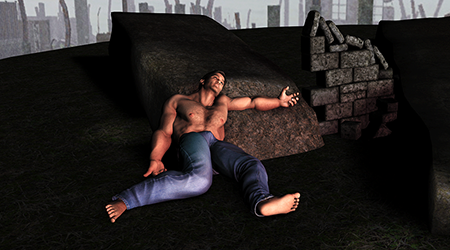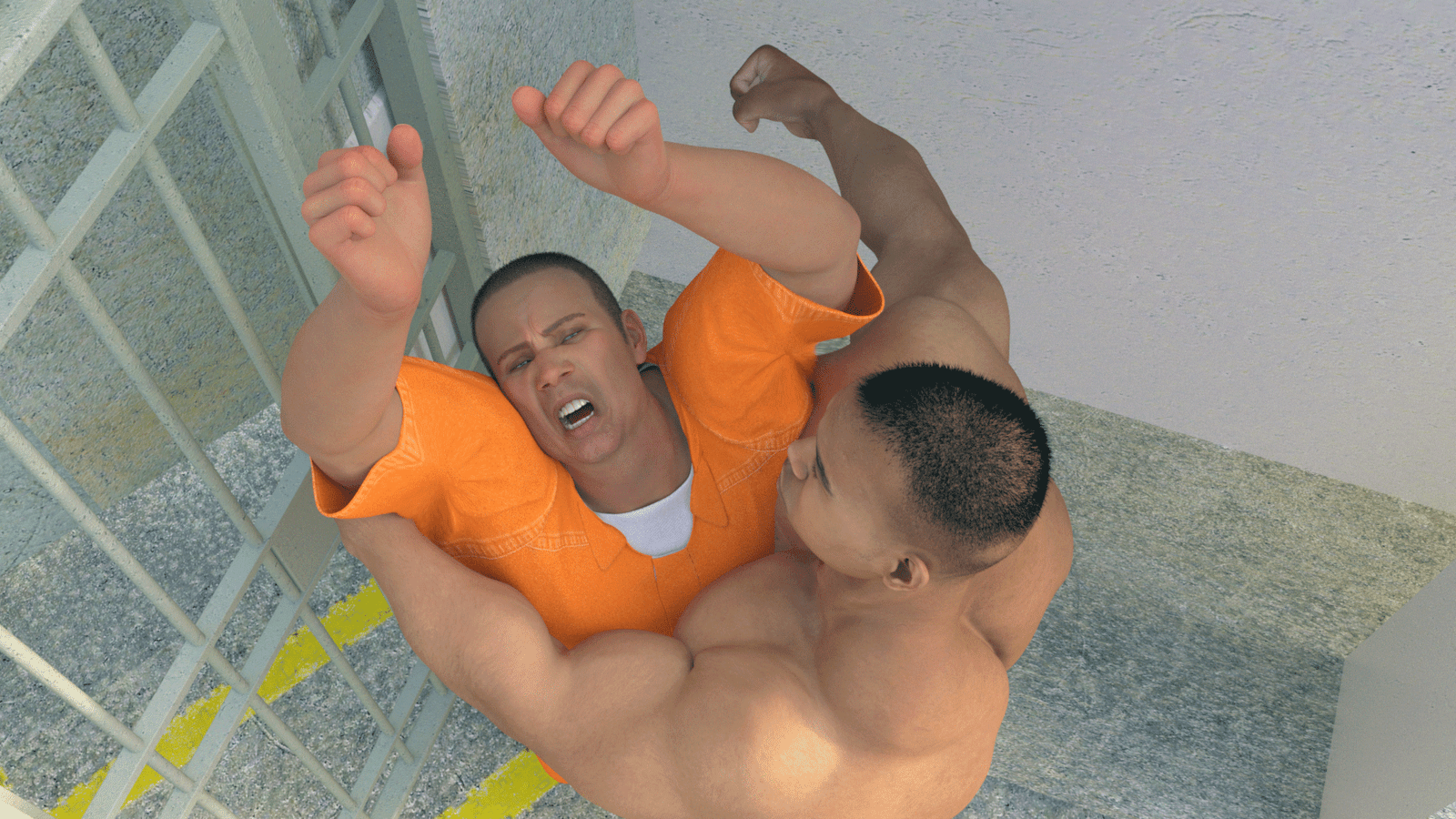Captive, Executioner or Voyeur
When you view the creative works of Desouza of Vegas, what you see will compels you to choose to be captive, executioner or voyeur. These are the three specific roles from which all viewers of Desouza of Vegas may select for themselves. The artist Desouza of Vegas frequently explores classic themes many others have built upon in storytelling over the centuries: The perils of an ill-fated or doomed hero on a quest or journey and the destruction of young and innocent men. The artist Desouza of Vegas frequently explores classic themes many others have built upon in storytelling over the centuries: The perils of an ill-fated or doomed hero on a quest or journey and the destruction of young and innocent men. |

The exploration of heroism through common themes about fate, peril and death have been a cornerstone of human life since ancient times. For centuries, the general public has approached these subjects as entertainment. The viewers of such works have the privilege of taking on three different roles since a hero’s loss of his life is often the ultimate end of his quest.
Uncover the deep significance of peril while a hero is on his journey to his fate in Desouza of Vegas storytelling.
EASY AS ONE-TWO-THREE: In Desouza of Vegas storytelling each viewer is implicitly invited to select from among three distinct roles that are easily observable: One role is that of the captive or prisoner who is vulnerable and helpless. The second role is to be the executioner or the one who inflicts cruelty upon a man. The third role is that of the voyeur attracted irresistibly to the public spectacle of unfairness and cruelty. Should viewers choose empathy and pity, detachment, or should they instead revel in the pleasures of masculine demise?
As audiences witness the hero’s journey through adversity, they find a reflection upon their own challenges, allowing for a deeper emotional connection to the story.
